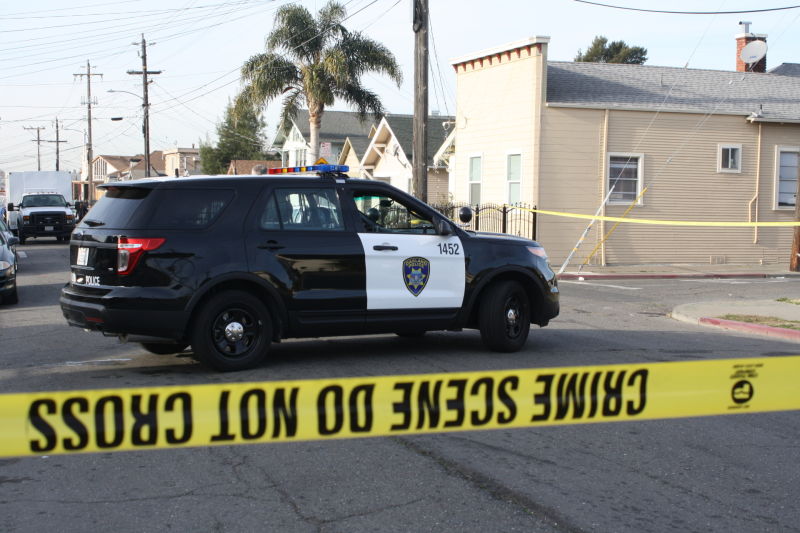Every law enforcement agency in California will be required to collect expanded statistics on violence between police and the public next year under a new state law that takes effect Jan. 1.
And by 2017, the state could have something it’s never had before: an accurate account of how many people are shot, seriously injured or killed by peace officers throughout California. Then the California Attorney General’s Office plans to publish it.
“The public and law enforcement need each other to keep our communities safe,” Attorney General Kamala Harris said in a statement announcing guidelines for the new reporting requirements. “California is leading the nation in promoting accountability through open data, which will strengthen trust between law enforcement and the communities that we are sworn to protect.”
Heightened attention on fatal shootings by police officers in 2014 exposed what legal observers and some law enforcement leaders have variously called the “national embarrassment” and “travesty” that constitutes national data collection on deadly use of force by law enforcement. The only current official count is part of the FBI’s Uniform Crime Report, which catalogs crime statistics voluntarily provided by local law enforcement agencies. But the FBI’s data appear to miss more than half the fatal police shootings in the U.S. every year, counting 444 in 2014, and only one incident in which the fatally shot suspect allegedly had a knife.
Criminal justice researchers have long estimated that more than 1,000 people are killed by U.S. law enforcement every year. “The Counted,” a series by the UK Guardian attempting to tally fatalities at the hands of police, documented 1,126 killings in 2015 as of Tuesday.
FBI Director James Comey said this fall that the bureau would step up its data collection next year, adding that a lack of reliable nationwide statistics on police use of force is “embarrassing and ridiculous,” according to the Washington Post.

